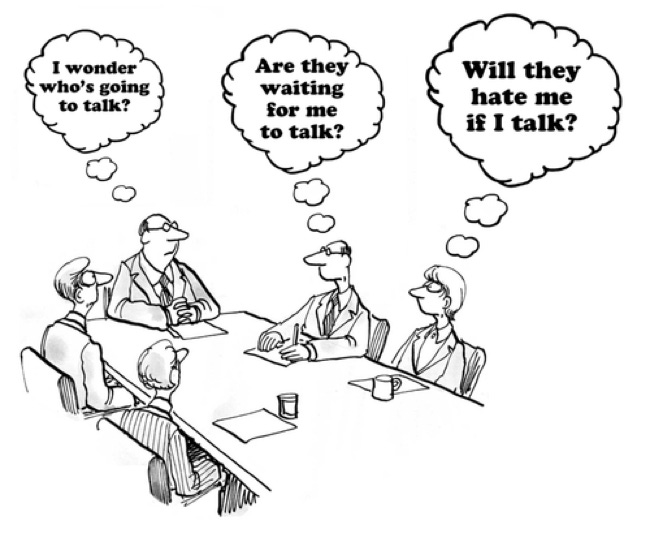Effective Communication 101
When a leader aims to become a more effective communicator, it is music to my ears. Why? Because they will usually achieve lasting positive behavioural change in just one coaching session.
A rookie communication mistake people make is spending too much time preparing their content and not enough time on their mindset. Other stumbling blocks include a lack of clarity about their desired outcome, unhelpful assumptions about themselves or others, messages not crafted in a relevant way for the listener, and not being fully present in the conversation. Read on for some excellent resources and techniques for you to experiment with.
CADENCE CURATION
Listen: How to Use Your Presence | HBR | 25 mins
Communication guru Muriel Wilkins packs lots of wisdom and advice into this 25-minute HBR podcast. She walks through her recommended ‘communication recipe’:
1). Message clarity – What outcome do you want? What do you want your counterpart(s) to think, feel and do as a result of the conversation?
2). Relevance – What is important to the other person(s)? How might you frame the conversation to engage them fully?
3). Presence – How do you want others to describe your leadership presence? What behaviours does that call for?
CADENCE TOOL-KIT
Tool: Managing Your Emotions Ahead of an Important Conversation
Ask yourself the following questions before engaging in an important conversation to help you manage your emotions*:
- What do you want to feel going into the conversation?
- Why do you want to feel that?
- What’s the best thing you can do beforehand to feel that way?
- What could throw you off balance in the midst of the conversation?
- What can you do to recover your poise?
- What do you want to feel when you’re done?
* Bonus point for writing your responses down
ANY OTHER BUSINESS
It is advisable to check your assumptions before you speak. Ask yourself, what assumptions (AKA stories!) are you making about yourself, the other person(s), or the situation? Are these assumptions helpful? Is there a more helpful alternative assumption that is also true?

